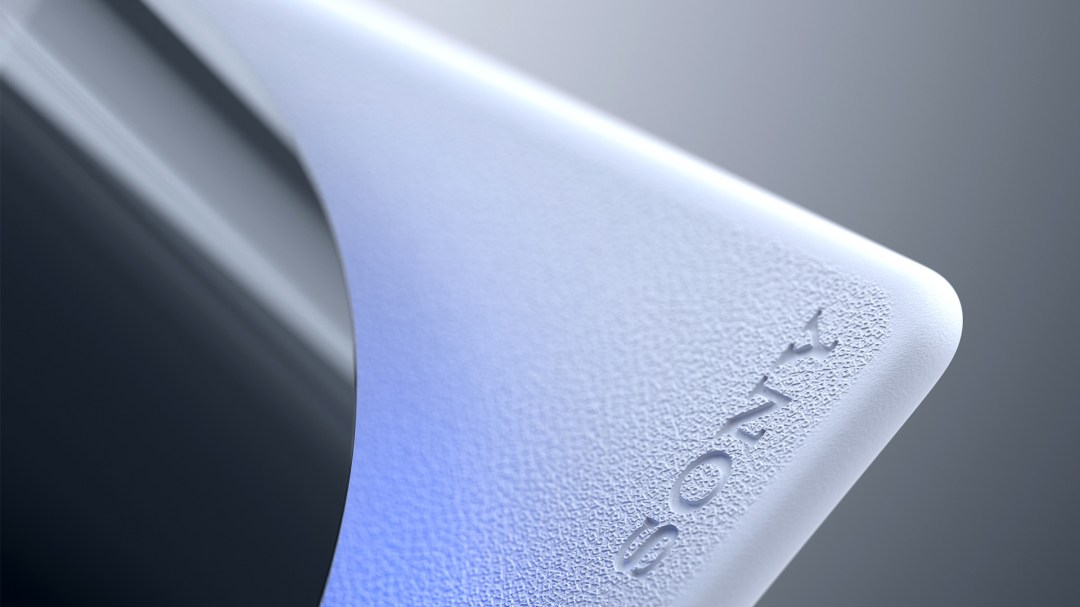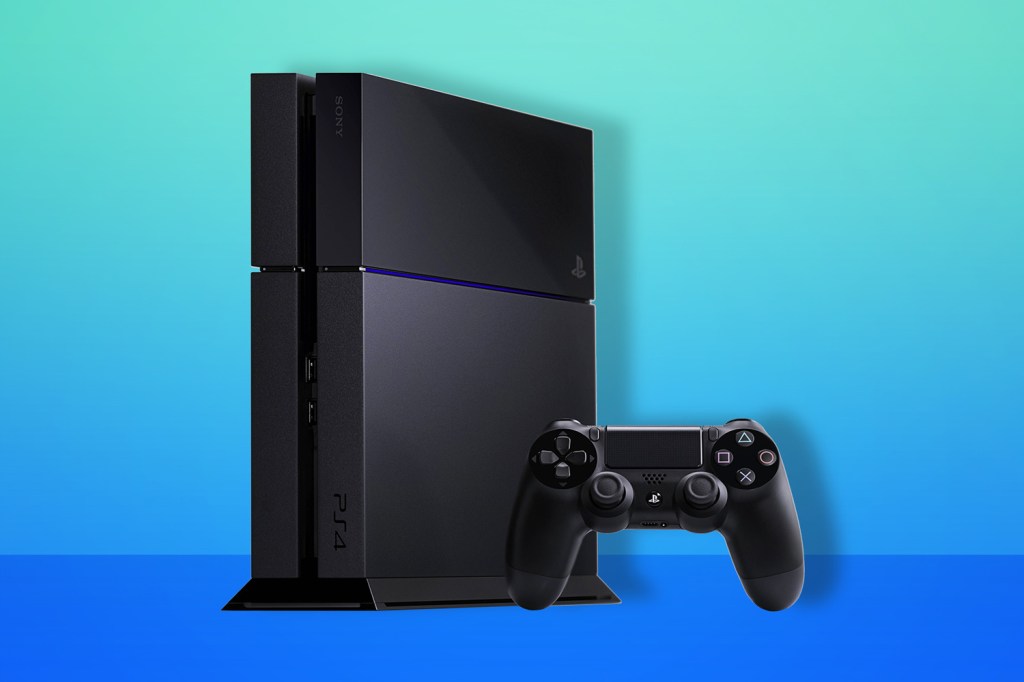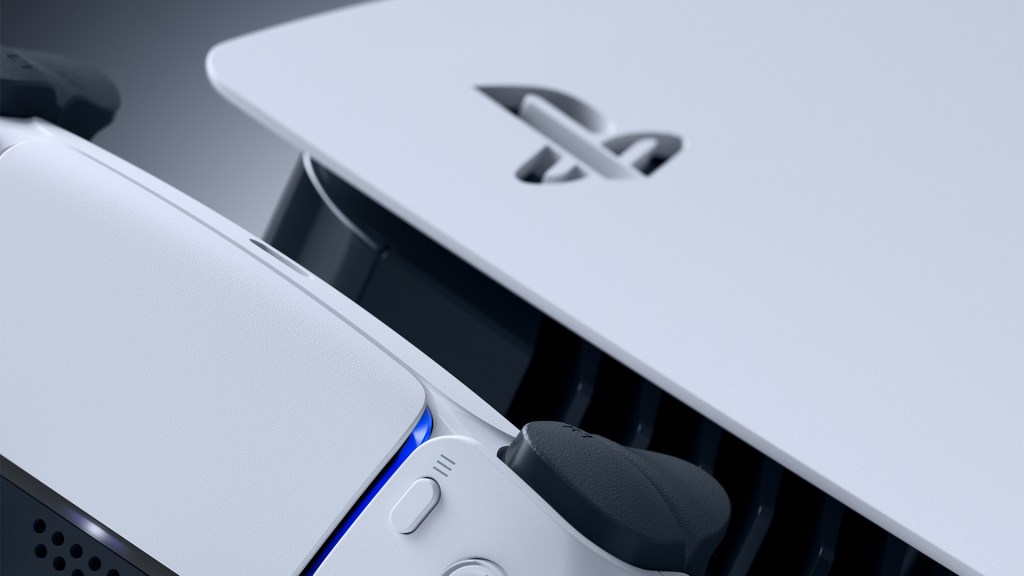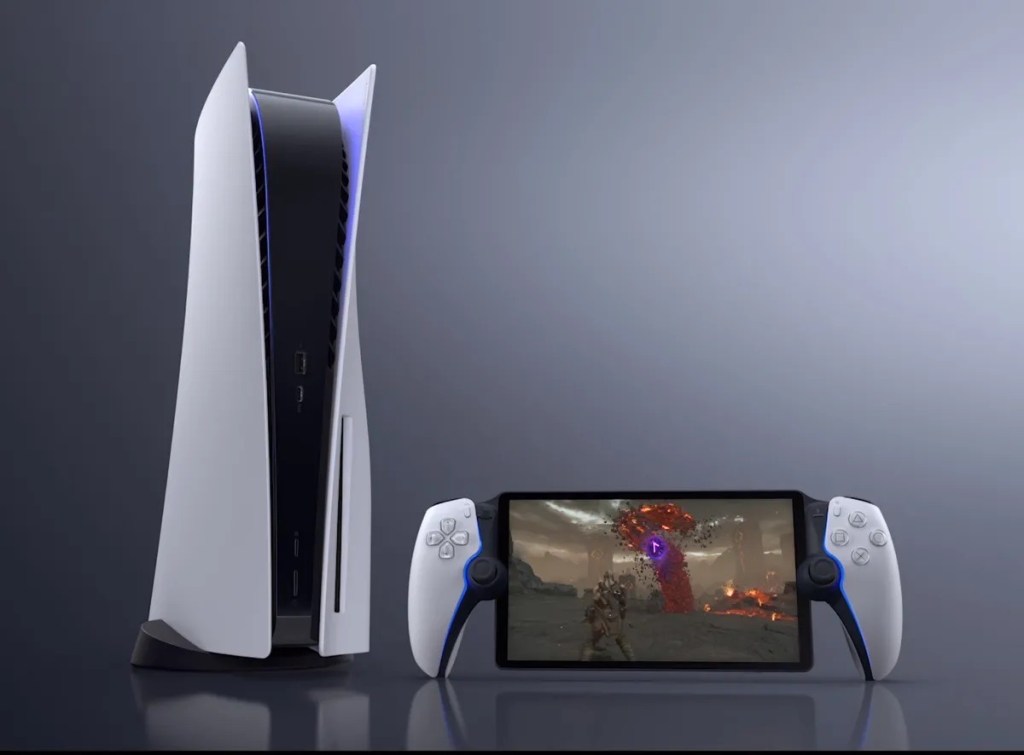PlayStation 6: what we want to see from Sony’s next-gen console
The standard PS5 is mid-life. How will Sony's next-generation PlayStation take on the world?

Games consoles come and go, but one thing is certain: clever engineers deep inside Sony, Microsoft and Nintendo are hard at work on a new console generation.
It’s a rhythm that’s been pulsing away since even before the NES and Master System. The current generation has been in play since the announcement of the PS5 in 2019, and is currently in its prime.
Sony seems to be suggesting that the standard PS5 console is entering the latter stage of existence after disappointing sales and further expected drop-off even in the face of the recently-announced PS5 Slim.
And even though the PS5 Pro is destined to be next, it’s time to look at what features can we expect to see in the inevitable PlayStation 6?
The Japanese electronics giant already has trademarks registered all the way up to PlayStation 10. Consoles tend to be released around five years after the beginning of their development, and a 2021 job listing from Sony looking for someone to contribute “…to identifying and developing the technology portfolio of future PlayStation platforms” suggests we might see the console in 2026.
The PlayStation 4 was seven years old when the PS5 launched, so that timing fits, but things like the PS4 Pro (and any possible PS5 Pro) can upset the schedule somewhat.
Specs: more of the same?

There are two likely directions the PlayStation 6 could go in. It needs to be a more powerful version of the PS5, just like the PS5 is of the PS4. That means a stronger APU chip from AMD, with faster processing cores and more graphics capabilities for better frame rates and more effects at 4K resolution.
We’d really like to see the PS6 nailing 4K/60fps. The current situation, where resolutions and frame rates can rise and fall depending on the needs of the game, is sub-optimal. Performance and quality modes muddy the waters of exactly what you’re going to get. 8K displays are still super-niche, too, so it doesn’t make sense to target even higher resolutions just yet.
This approach would also mean more RAM and a larger SSD, possibly one that’s even faster than the best PCIe 4.0 drives the PS5 can use. Much was made about the speed of the PS5’s SSD at the console’s launch, with its ability to cut load times and generally introduce a lot of data to the console’s RAM much faster than a spinning hard drive ever could, so it’s likely this is one area the console designers will continue to push. PCIe 4.0 drives top out at around a 7 Gbps read speed, so equipping a PS6 with a PCIe 5.0 interface could see that double.
The benefits of this are that game developers could carry on using the development and compiling tools they’re currently using: taking account of changes in clock speed and graphics processing ability but not having to learn new ways of doing things. Sony’s developers are often able to wring extra performance out of PlayStation consoles, and everyone having more power to play with would make the next generation of games more realistic and spectacular.
GPUs have also become more important in computing in the past few years as they are the chips used to run AI and other machine learning models. The likelihood that these will be incorporated into future games is high, whether to provide natural dialogue on the fly, to create images according to the player’s actions, or as enemy generals to field your waves of tanks against, so we’d like to see a larger number of graphics cores on future consoles to do more than just push pixels.
Custom processor?

We think it’s unlikely Sony will ever return to the route it took for the PS2 and PS3 consoles, and create an entirely custom processor separate from anything else on the market.
The PS3’s Cell processor in particular had a reputation for being difficult to develop for. It consisted of multiple different types of processing units, each with its own strengths and weaknesses, which made it difficult to write code that could efficiently use all of the available resources.
The AMD chips used in the PS4 and PS5 don’t have this problem, and are similar enough to the chips used in PCs and the Xbox consoles to make developers’ lives easier. Off-the-shelf or adapting versions of existing hardware is significantly cheaper than developing your own silicon, too.
In the age of cross-platform gaming and where shareholders obsess over profit margins, we simply can’t imagine Sony trying to go it solo on the hardware front.
Streaming: in the clouds
We’ve already seen digital-only consoles this generation, including the PS5 model with no disc drive. But what about a console that’s purely online-only? Sony, Microsoft, Nvidia, Google and Amazon have already tried cloud gaming services where you use an app running on a tablet, laptop, TV or other device. Some are even in the controller themselves.
Switching the PS6 to be a streaming console is perhaps unlikely just now. The high-speed broadband infrastructure required to make it work isn’t quite there yet, but it’s something Sony might push harder in the future.
Handheld: on the go

There are also some possible futures for the PlayStation that are less likely. One is for Sony to go down the Nintendo route, and merge its home and portable console lines. We haven’t seen a PSP for a while, since the demise of Vita, so a Switch-like PlayStation could potentially fill that gap.
Playstation Portal, a handheld device announced at 2023’s PlayStation Showcase, looks like somebody cut a DualSense controller in half and whacked an iPad in the gap. It streams games over Wi-Fi from your PS5 using the Remote Play ability. This is a really interesting way to decouple the PS5 from the TV, and something we’d like to see taken further with PS6.
Other likely PS6 features
While there’s nothing confirmed just yet, it’s a safe bet that much of the tech introduced for the PS5 generation will carry over to the PS6.
That includes DualSense, which brought unique features such as haptic feedback to the familiar PlayStation controller. Being able to feel the tension in a bowstring or having to squeeze harder to apply enough pressure to a brake pedal adds a new layer of immersion to games – so much so that Microsoft is apparently planning on using similar tech in the next Xbox. Expect to see it return, either in the same or an improved form, on PS6.
We’re also betting PlayStation Link wireless audio tech will be fully integrated into the console, letting you stream zero-latency audio to your earphones or headphones. Current PlayStation Link products use a USB dongle that plugs into a PS5 console; it would make sense Sony would want to simplify the process for the next console generation.